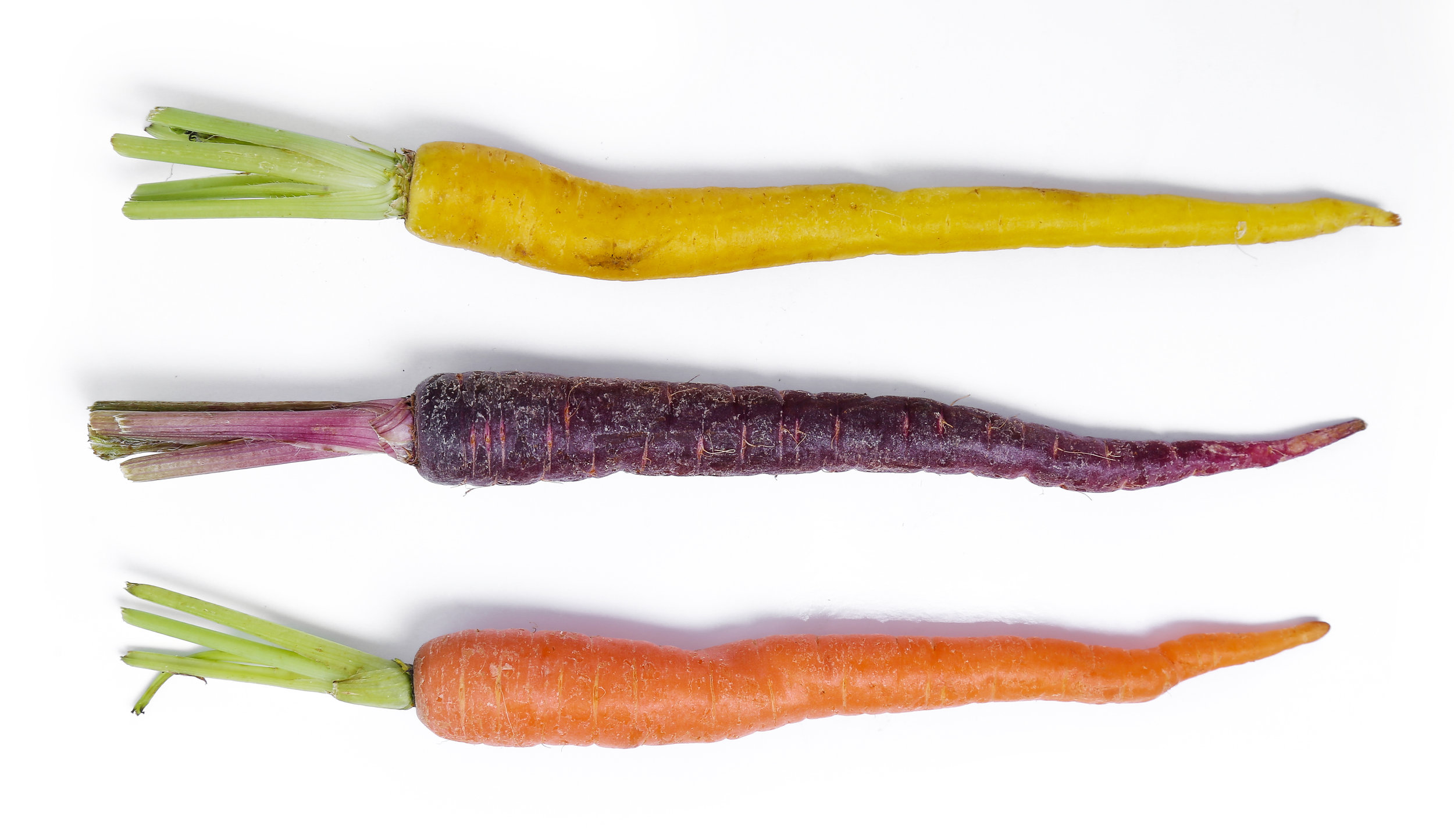http://gardenandgun.com/article/whats-season-kohlrabi
Kohlrabi is a member of the turnip family, a brassica like cabbage and kale. It comes in several colors, the purple being more spicy than the green varieties, and is a cool season vegetable. The Kohlrabi bulb is what is usually sold, but the leaves are just as nutritious and delicious. Kohlrabi are abundant in vitamin C. Vitamin C is not just for colds; it helps protect the body against illness and disease such as cancer. Vitamin C also helps with gum and teeth health as well as healthy connective tissue. Kohlrabi is also a good source of the B-complex group of vitamins, so important for good health. Kohlrabi contains Vitamin A and many minerals including calcium. Kohlrabi may have similar nutritional value as other vegetables you may eat, however it is important to keep in mind that each plant has a phytochemical specific to it. Eat a variety of fruits and vegetables for a happy and healthy body, mind, and spirit.
Storing
Knol-knol can be stored at room temperature for 3-5 days. Refrigerating them in a sealed bag will give you a few more days. Be sure to separate the leaves from the bulb to preserve nutritional value.
Preparation
Wash thoroughly. I use a vegetable brush and veggie wash and soak the leaves in a salad spinner, rinse and spin. The leaves can be eaten raw if young and tender, or sautéed or steamed like mustard greens. Peel the tough, outer layer of the bulb with a paring knife or vegetable peeler. It can be eaten raw, steamed, boiled, steamed, sautéed, roasted. Raw, cube and toss with a salad, cut into sticks for a veggie platter, slice thin like a chip.
Thank you for reading my blog. Please click on the button below for delicious recipes.
-Dawn Swope
Note: THESE STATEMENTS HAVE NOT BEEN EVALUATED BY THE FOOD AND DRUG ADMINISTRATION.
THIS IS NOT INTENDED TO DIAGNOSE, TREAT, CURE, OR PREVENT ANY DISEASE.
References
http://www.nutrition-and-you.com/kohlrabi.html
http://www.thekitchn.com/top-five-ways-to-prepare-kohlr-60321



















